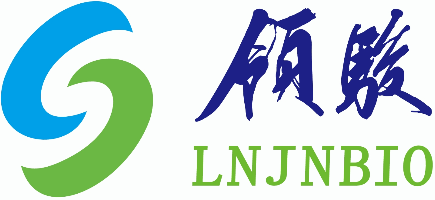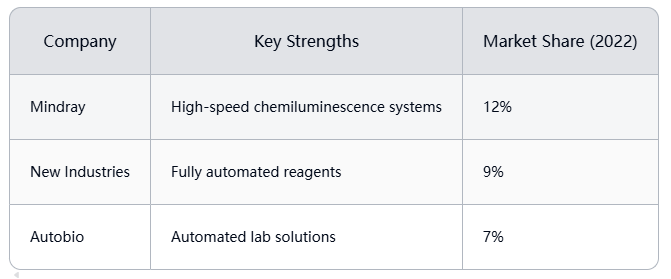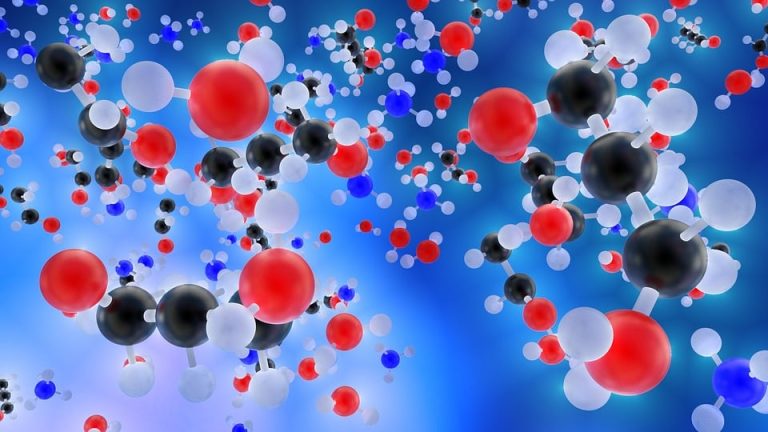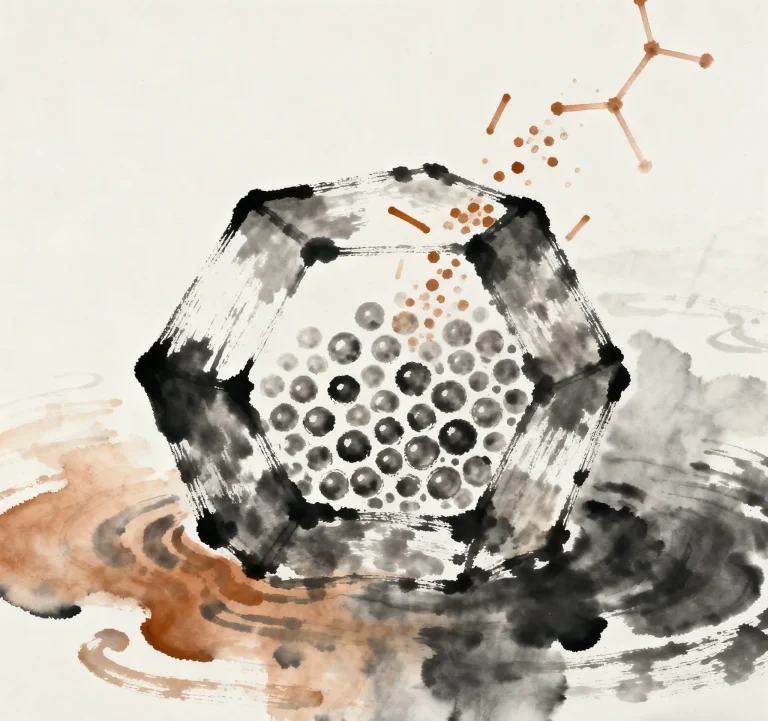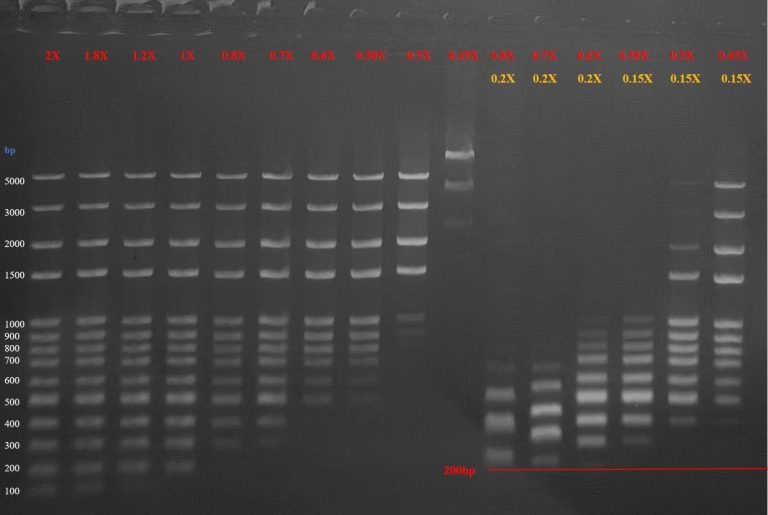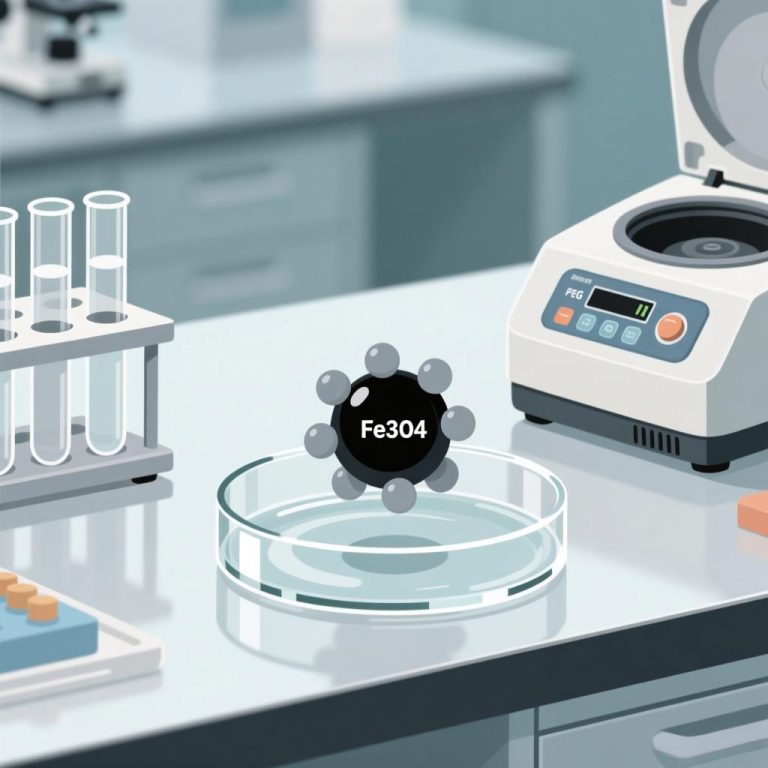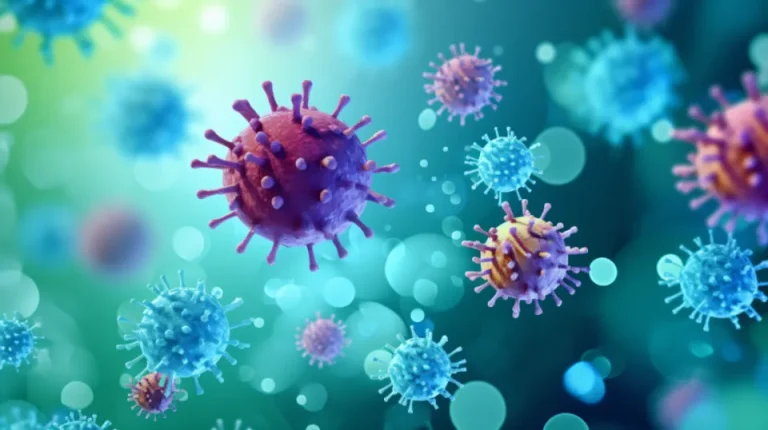Professional Manufacturer of Biomagnetic Beads

What are the advantages of magnetic bead method for RNA extraction compared with Trizol method?
1.To understand the differences between the two methods, it is essential to first grasp their principles:
The Trizol method involves using organic solvents like phenol and chloroform to lyse cells, thereby separating RNA from DNA and proteins. RNA dissolves in the aqueous phase and is purified after precipitation with isopropanol. The magnetic bead method releases RNA through the lysis solution, where the silica matrix or specific functional groups on the magnetic beads specifically adsorb RNA in a high-salt environment. After washing, RNA is eluted in a low-salt solution.
- In addition, there are some differences in the operation process of the two:
| Step | Magnetic bead method | Trizol method |
| Lysis | Rapid lysis of lysate (automated) | Manual grinding/pulverization + Trizol lysis |
| Separate | Magnetic beads adsorbed RNA and magnetic frame separation | Centrifugal stratification (aqueous/organic phase) |
| Wash | The magnetic beads were washed with ethanol/high salt buffer | 75% ethanol was used to clean the precipitate |
| Recover | Low salt buffer elution | Isopropanol precipitation + air drying |
| Time | 40-60 minutes (fully automatic) | 40-60 minutes (fully automatic) |
- The quality difference of RNA extracted by the two methods:
Purity:
Trizol method: OD260/280≈1.8-2.0, which is easily affected by phenol residue or protein contamination.
Magnetic bead method: higher purity (OD260/280 is often>1.9), with less impurity residue.、
Case: A customer used Trizol method and magnetic bead method to manually extract cell RNA from adherent cells neuro2A.
Before extracting cell RNA, the components were counted to reduce errors, and the results are as follows
| Sample | Cell count |
| 1-1 | 4.11E6 |
| 2-1 | 5.93E6 |
| 3-1 | 6.98E5 |
| 1-2 | 4.35E6 |
| 2-2 | 5.72E6 |
| 3-2 | 6.82E5 |
Then the Trizol method and magnetic bead method were used to extract the samples manually, and the results are as follows
| Sample | Method | A260/A280 | A260/A230 | Conc.(ng/uL) | EB | Yield(ug) |
| 1-1 | Mag-beads | 2.093 | 2.222 | 2742.5 | 50uL | 137.125 |
| 2-1 | 2.072 | 2.080 | 2835.4 | 141.77 | ||
| 3-1 | 2.038 | 2.001 | 470.08 | 23.504 | ||
| 1-2 | Trizol | 1.792 | 0.587 | 331.68 | 100uL | 33.168 |
| 2-2 | 1.728 | 0.655 | 374.68 | 37.468 | ||
| 3-2 | 1.650 | 0.618 | 107.72 | 10.772 |
In terms of yield, the magnetic bead method significantly outperforms the Trizol method across all samples, especially in samples 1 and 2, where the yield exceeds 100ug, compared to 30-40ug for the Trizol method. This indicates that the magnetic bead method offers higher extraction efficiency.
In terms of purity, the A260/A280 and A260/A230 values of the RNA extracted by the magnetic bead method are both above 2, meeting high-quality RNA standards. In contrast, the Trizol method yields RNA with lower purity, with A260/A280 values ranging from 1.6 to 1.7, indicating incomplete protein removal. Additionally, A260/A230 values are below 0.7, suggesting possible residual organic or salt compounds.
Overall, the magnetic bead method excels in this experiment, offering high yield, high purity, and ease of operation, making it superior to the traditional Trizol method and ideal for downstream experiments requiring high quality. The extracted RNA will be used in qPCR experiments to investigate gene expression changes.
Moreover, the magnetic bead method offers additional advantages, such as automation for high-throughput samples (like 96-well plates), blood, saliva, and other easily processed samples, and strong compatibility, making it particularly suitable for clinical or large-scale screening.

Summary: Choose the Trizol method when dealing with complex samples (such as tissues rich in polysaccharides and polyphenols) and when budget constraints are a concern. Choose the magnetic bead method for high-throughput, automated, and rapid extraction, or when focusing on purity and safety (such as in clinical diagnostics). Trend: Due to its high standardization, the magnetic bead method is becoming increasingly popular, especially in precision medicine.
Lnjnbio Universal small RNA extraction reagent (magnetic bead method)
Supplier
Shanghai Lingjun Biotechnology Co., Ltd. was established in 2016 which is a professional manufacturer of biomagnetic materials and nucleic acid extraction reagents.
We have rich experience in nucleic acid extraction and purification, protein purification, cell separation, chemiluminescence, and other technical fields.
Our products are widely used in many fields, such as medical testing, genetic testing, university research, genetic breeding, and so on. We not only provide products but also can undertake OEM, ODM, and other needs. If you have a related need, please feel free to contact us .
